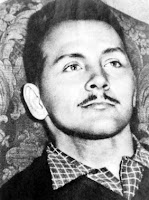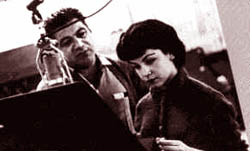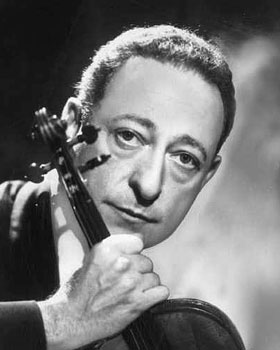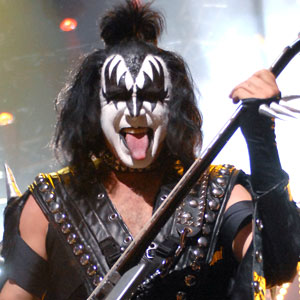Symphony 1 (in one Movement) 1956 by Roberto Falabella (1929-1958)

Chile Symphony Orchestra
Hector Carvajal, Cond.
Live performance, private recording. Date unknown.
From the collection of Karl Miller
This Symphony is several minutes shorter than Webern's, has some modern trappings, but also mixes in folk motifs and interesting rhythms.
Wikipedia Bio
Roberto Falabella was a chilean composer active in the decade of the 50′s. He suffered from a disease called Little that kept him in a wheelchair through out his life and eventually killed him at the age of 29.
Despite his disease, he was a very active composer that created a huge catalogue of works and became known by his colleagues as the "Chilean Mozart". He had a deep knowledge of Latin American music, the classical tradition and of the avant-garde music of his time.
Most of his work remains unperformed.
His unorthodox eclecticism was very uncommon at his time and connects Falabella's music to younger generations of composers (such as Alfred Schnittke, John Adams, John Zorn, etc) .
The work "Estudios Emocionales" (Emotional Studies) combines minimalism, serialism (in a time when they were considered antagonists) and huayno rythms and melodies from the Andes. Another peculiar aspect of this work is the use of very long pauses.

Chile Symphony Orchestra
Hector Carvajal, Cond.
Live performance, private recording. Date unknown.
From the collection of Karl Miller
This Symphony is several minutes shorter than Webern's, has some modern trappings, but also mixes in folk motifs and interesting rhythms.
Wikipedia Bio
Roberto Falabella was a chilean composer active in the decade of the 50′s. He suffered from a disease called Little that kept him in a wheelchair through out his life and eventually killed him at the age of 29.
Despite his disease, he was a very active composer that created a huge catalogue of works and became known by his colleagues as the "Chilean Mozart". He had a deep knowledge of Latin American music, the classical tradition and of the avant-garde music of his time.
Most of his work remains unperformed.
His unorthodox eclecticism was very uncommon at his time and connects Falabella's music to younger generations of composers (such as Alfred Schnittke, John Adams, John Zorn, etc) .
The work "Estudios Emocionales" (Emotional Studies) combines minimalism, serialism (in a time when they were considered antagonists) and huayno rythms and melodies from the Andes. Another peculiar aspect of this work is the use of very long pauses.














 .... is this the BBC National Orchestra of Wales?
.... is this the BBC National Orchestra of Wales? 